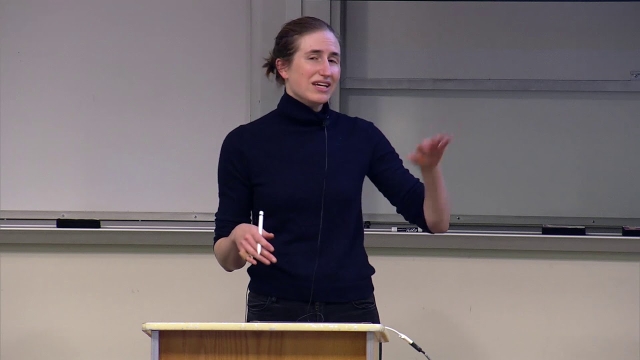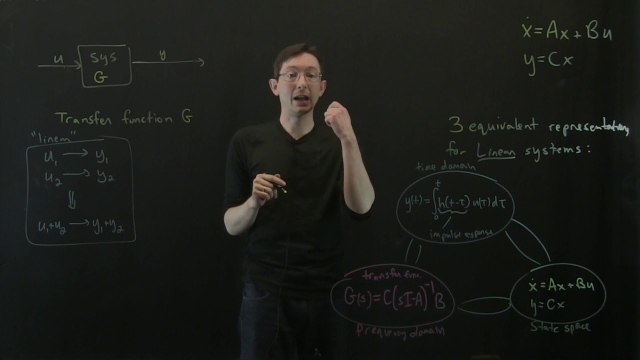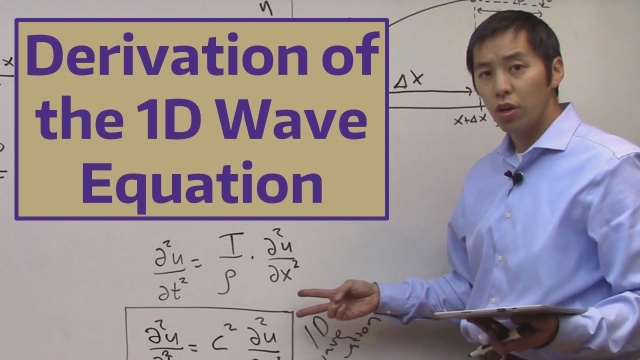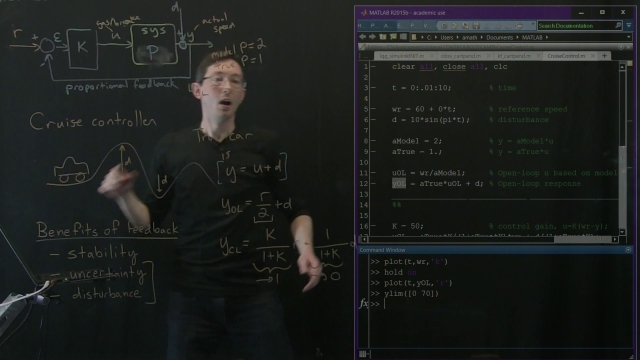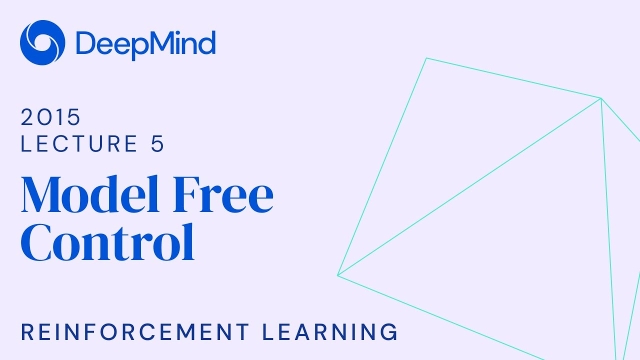
Peter Ponders PID - Controlling an Under Damp Mass and Spring System
Demonstrates:How to calculate the PID gains. The importance of the derivative gain. How to simulate the mass and spring systemControl limitations based on s...
See MoreFuzzy Inference System Walkthrough | Fuzzy Logic Part 2
This video walks step-by-step through a fuzzy inference system. Learn about concepts like membership function shapes, fuzzy operators, multiple-input inference systems, and rule firing...
See MoreUnderstanding PID Control, Part 3: Expanding Beyond a Simple Derivative
This video describes how to make an ideal PID controller more robust when controlling real systems that don’t behave like ideal linear models. Noise is generated by sensors and is present in...
See MoreDirect Design Example for PID Controller
I go through an example problem of how we can use Direct Design (also called Direct Synthesis) to determine the tuning parameters for a PID controller, given...
See MoreControl System with MATLAB - Block Diagram Reduction
Peter Ponders PID - Why PID with 2nd Derivative Gain?
If you have ever tuned a hydraulic system and wondered why PID control didn't work better than PI control the answer is here. Since the 1980s people have kn...
See MoreHow to Land on a Planet (and how it'll be done in the future!)
This video covers the basic ideas behind how engineers develop the algorithms that allow autonomous robots to land on other planetary bodies.
See MoreEquations of Motion for a Planar Vehicle
In this video we outline equations of motion for a simple planar vehicle. This model is suitable for vehicles such as boats or hovercraft that that are rest...
See MoreBode Plots by Hand: Real Constants
This video describes the benefit of being able to approximate a Bode plot by hand and explains what a Bode plot looks like for a simple transfer function; a real constant.
See MoreDesigning a Lag Compensator with Root Locus
This video walks through a phase lag compensator example using the Root Locus method.
See MoreTikZ source Code: RL Series
TikZ source Code for RL Series.
See MoreRouth-Hurwitz Criterion, Special Cases
This video presents two special cases that you can encounter when filling out the Routh Array. The first case is when there is a zero in a row with at least one non-zero element following...
See MoreA Nonlinear, 6 DOF Dynamic Model of an Aircraft: the Research Civil Aircraft...
In this video we develop a dynamic model of an aircraft by describing forces and moments generated by aerodynamic, propulsion, and gravity that act on the ai...
See MoredRehmFlight VTOL - Teensy (Arduino) Flight Controller and Stabilization
dRehmFlight VTOL is a new flight controller and stabilization package intended to be used for small to medium sized hobby or research projects. dRehmFlight is the code, and the physical...
See MoreTikZ source Code: matlab2tikz example
TikZ source Code: matlab2tikz example
See MoreSimulating the Lorenz System in Matlab
This video shows how simple it is to simulate dynamical systems, such as the Lorenz system, in Matlab, using ode45.
See MoreControllability of a Linear System: The Controllability Matrix and the PBH T...
In this video we explore controllability of a linear system. We discuss two methods to test for controllability, the controllability matrix as well as the P...
See MoreData-Driven Control: ERA and the Discrete-Time Impulse Response
In this lecture, we describe how the discrete-time impulse response is used in the eigensystem realization algorithm (ERA).
See MoreSVD: Optimal Truncation [Matlab]
This video describes how to optimally truncate the singular value decomposition (SVD) for noisy data (Matlab code).
See MoreStanford CS234: Reinforcement Learning | Winter 2019 | Lecture 9 - Policy Gr...
Professor Emma Brunskill
Assistant Professor, Computer Science
Stanford AI for Human Impact Lab
Stanford Artificial Intelligence Lab
Statistical Machine Learning Group
See MoreControl Bootcamp: Three Equivalent Representations of Linear Systems
This video explores three equivalent representations of linear systems: State-space ODEs, Frequency domain transfer functions, and Time-domain impulse response convolution.
See MoreDerivation of the 1D Wave Equation
In this video, we derive the 1D wave equation. This partial differential equation (PDE) applies to scenarios such as the vibrations of a continuous string. ...
See MoreControl Bootcamp: Benefits of Feedback on Cruise Control Example (Part 2)
Here we investigate the benefits of feedback for systems with uncertain dynamics and disturbances, as illustrated on a cruise control example. (Part 2)
See MoreRL Course by David Silver - Lecture 5: Model Free Control
Dives into On Policy Monte-Carlo Control and Temporal Difference Learning, as well as Off-Policy Learning.
See More
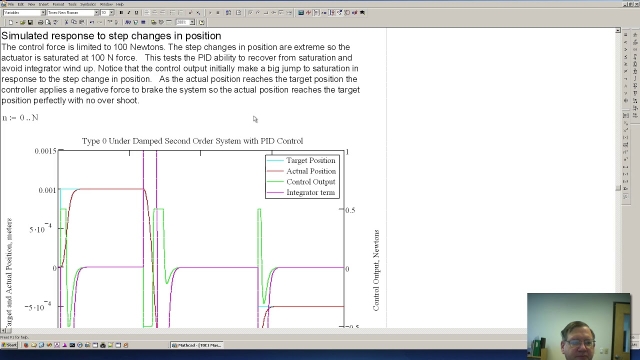
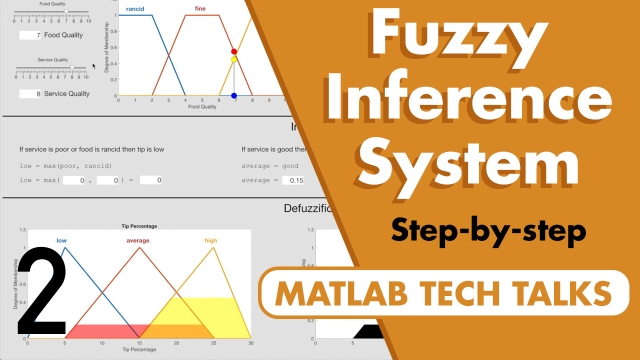
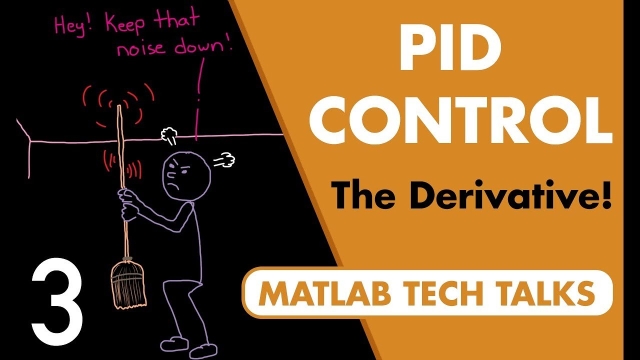
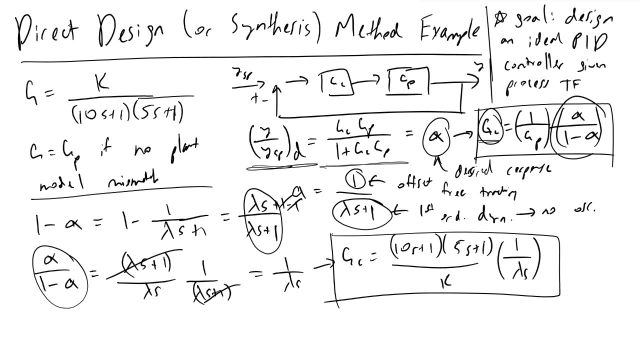
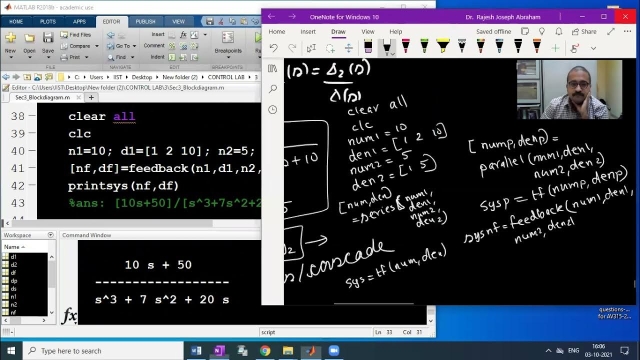
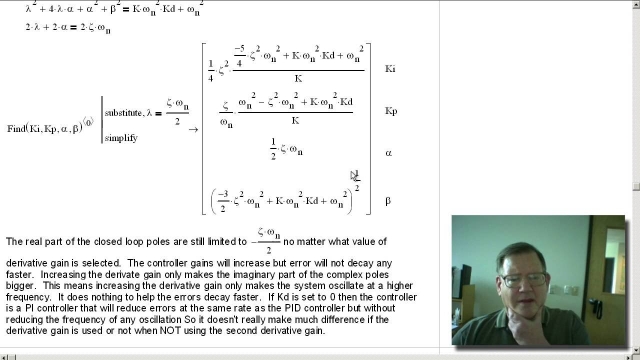
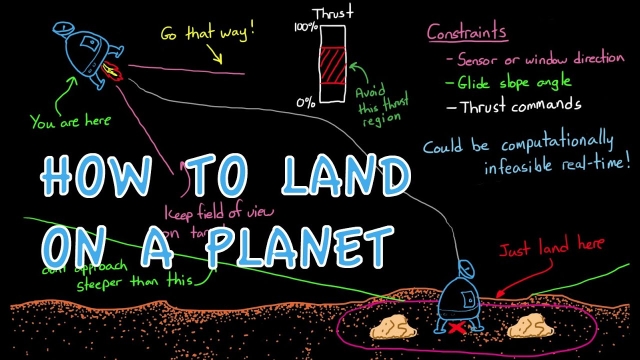
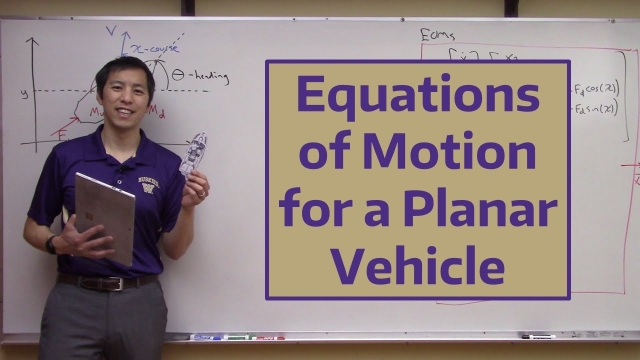

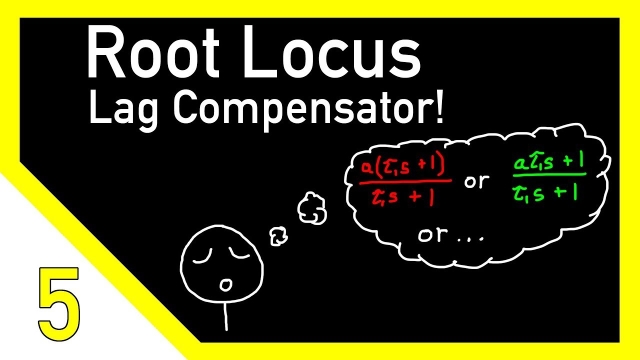

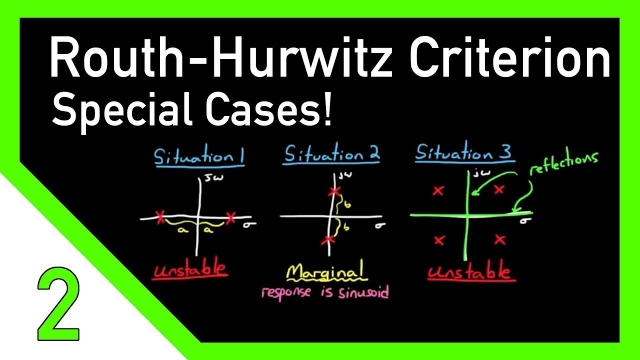
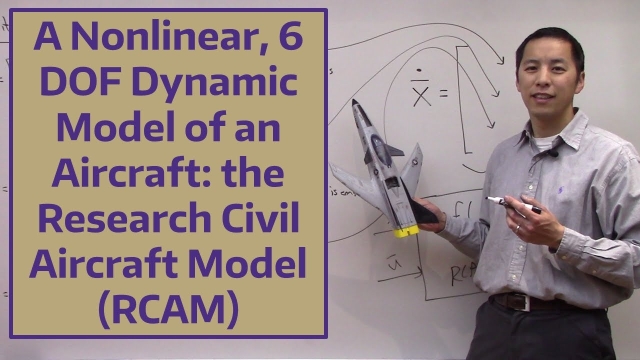
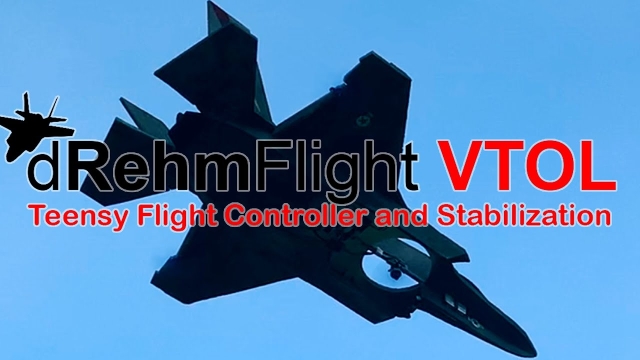

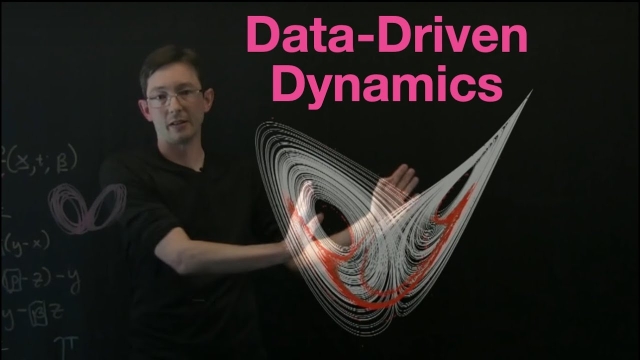
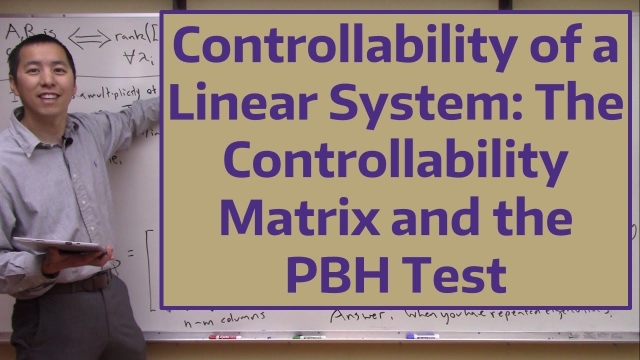
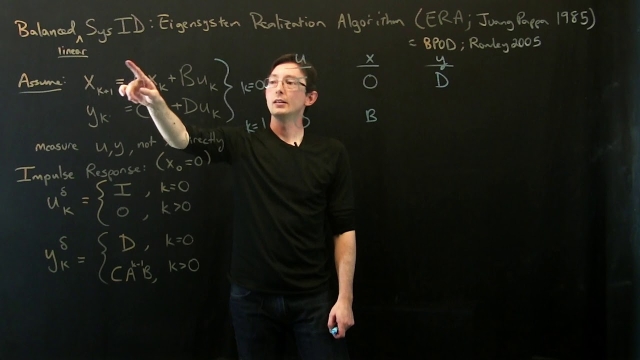
![SVD: Optimal Truncation [Matlab]](/sites/default/files/styles/search_resulkts/public/2020-12/maxresdefault_423.jpg?itok=Op0DbiId)

